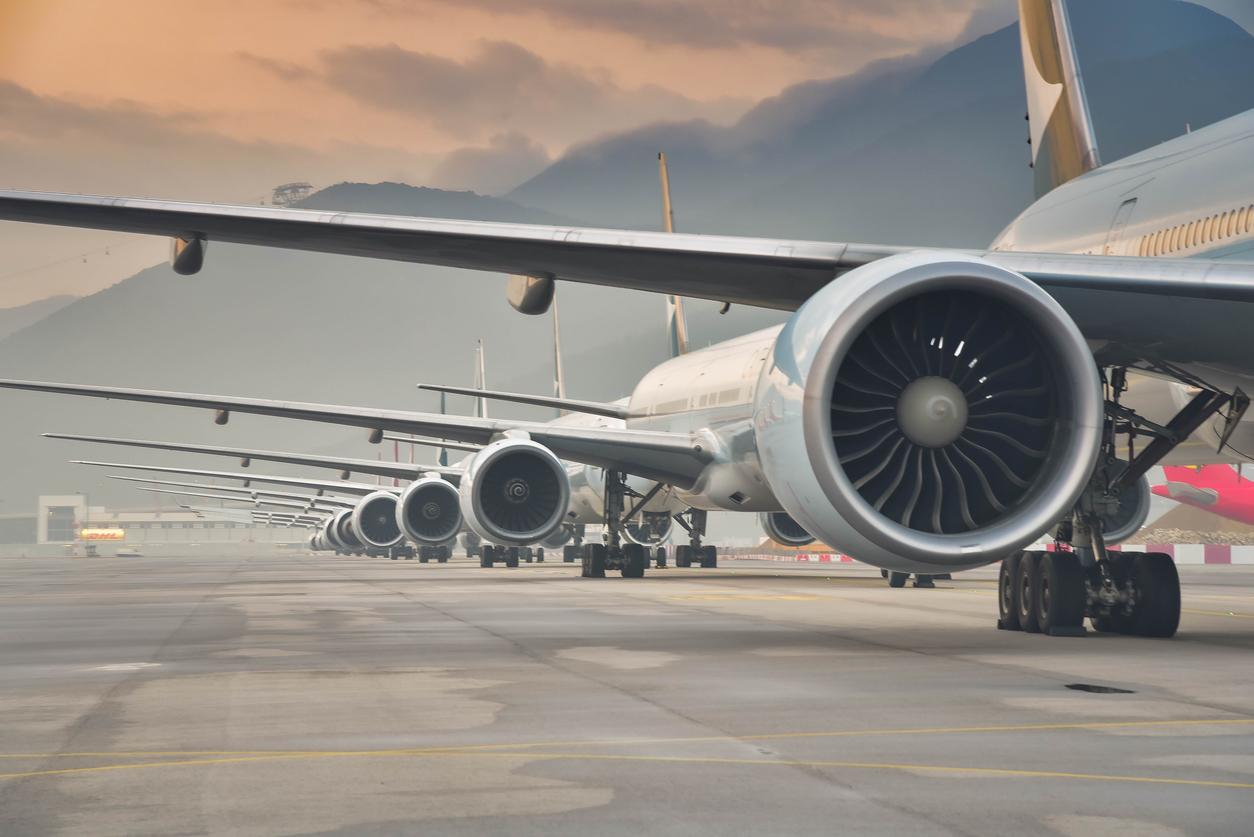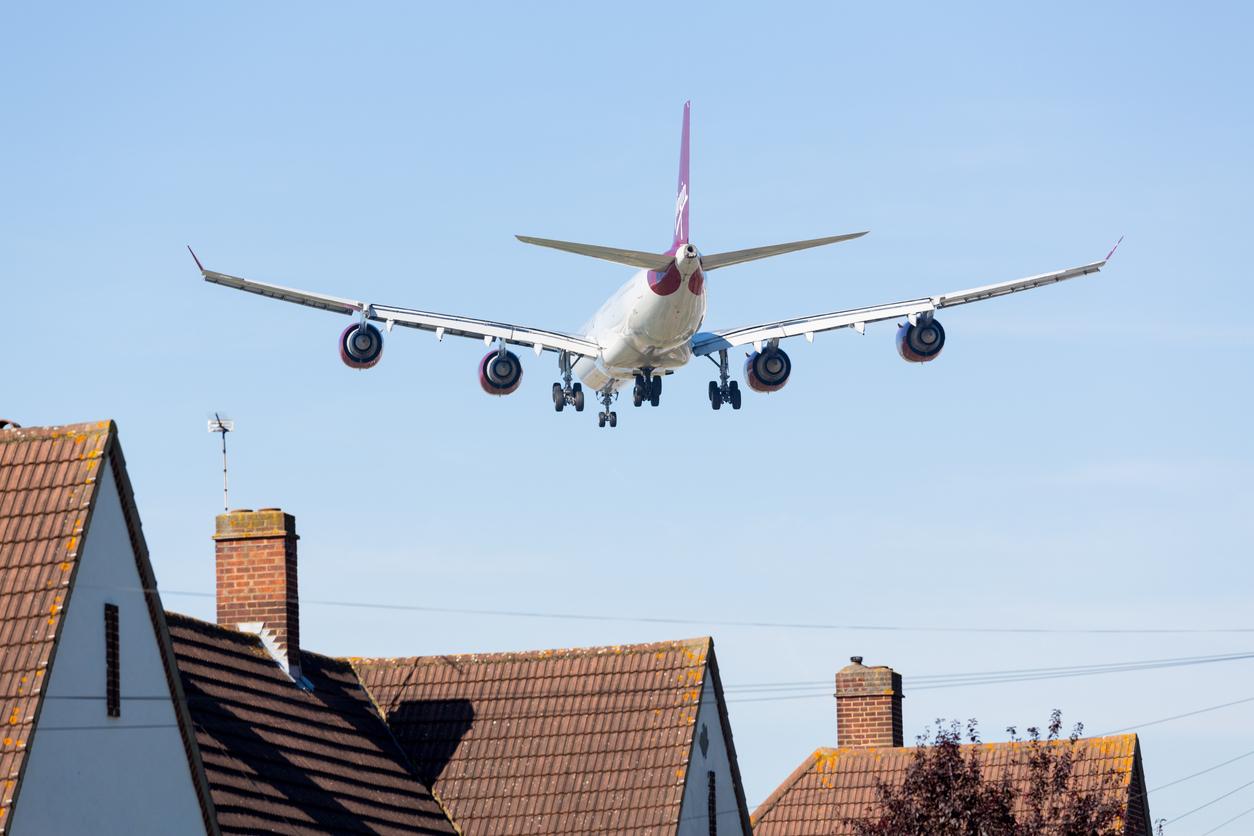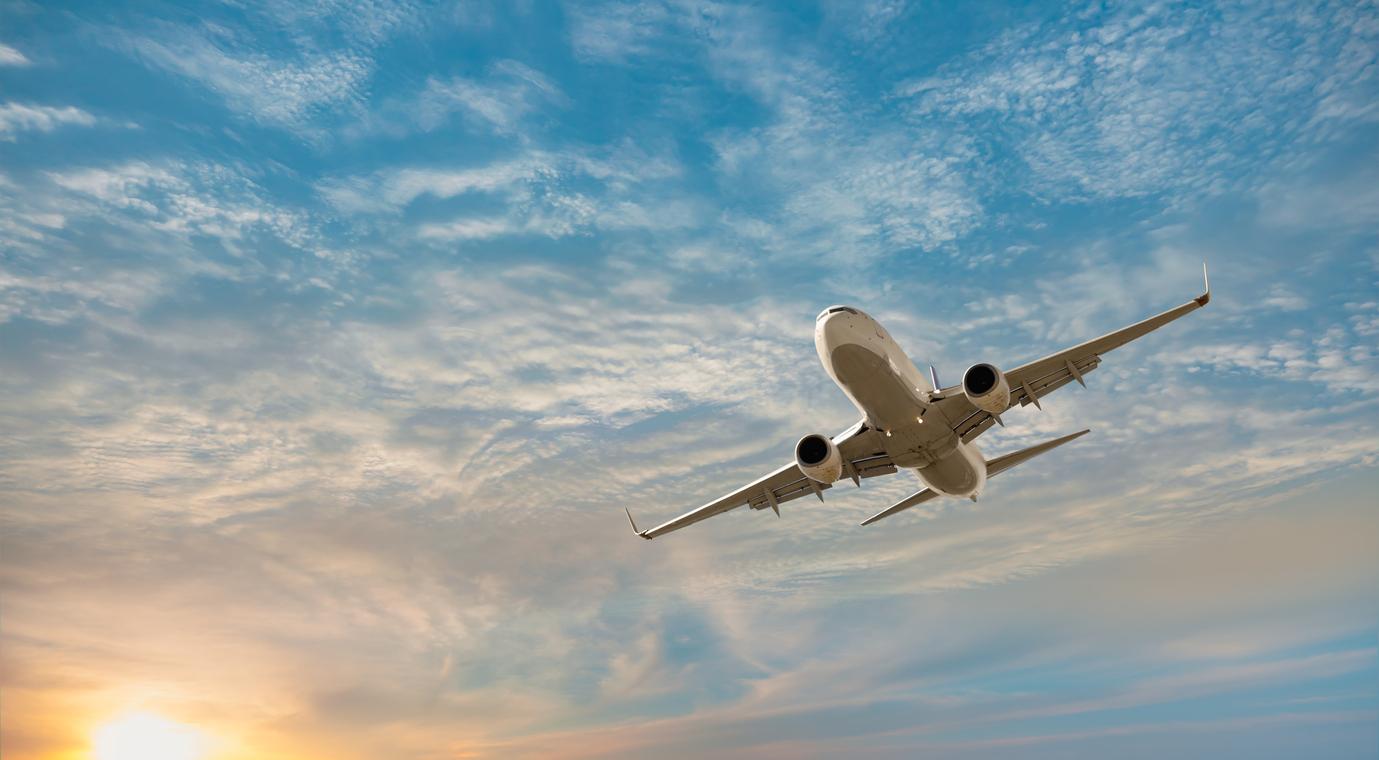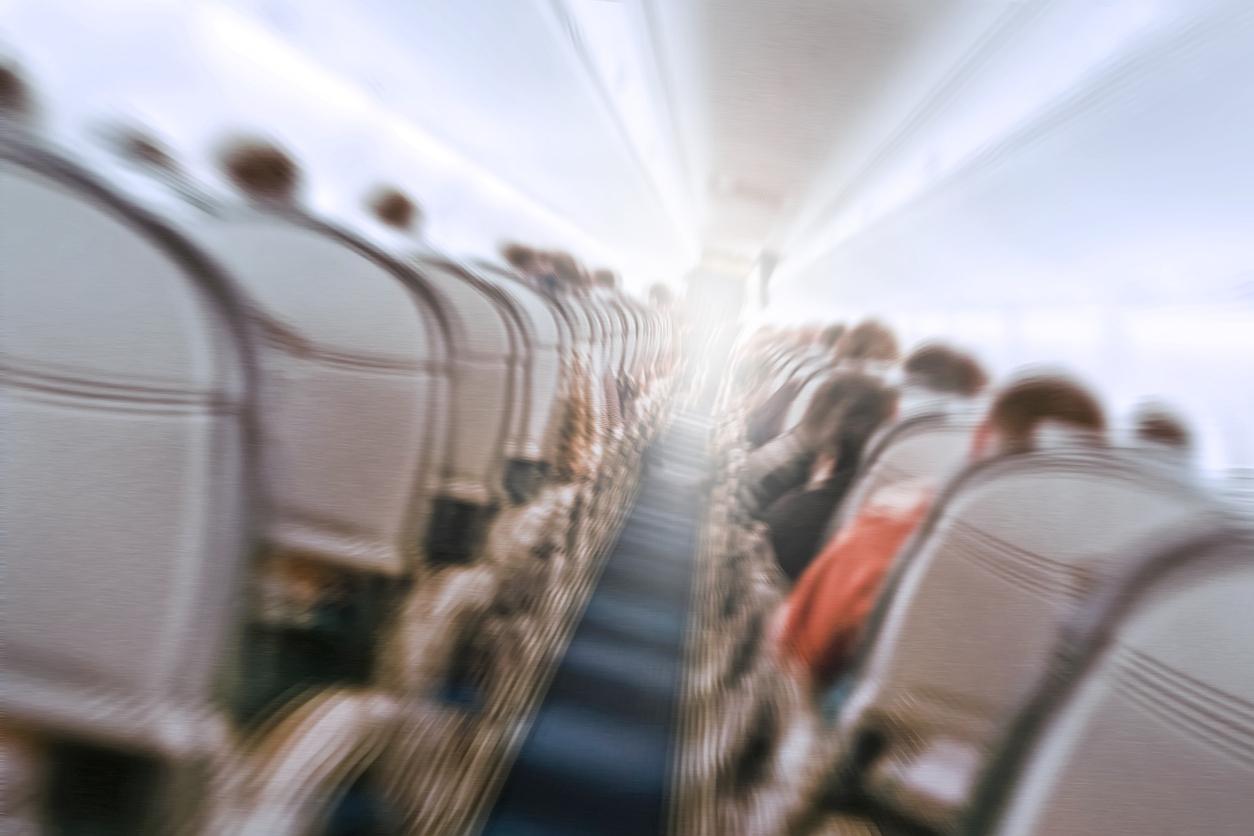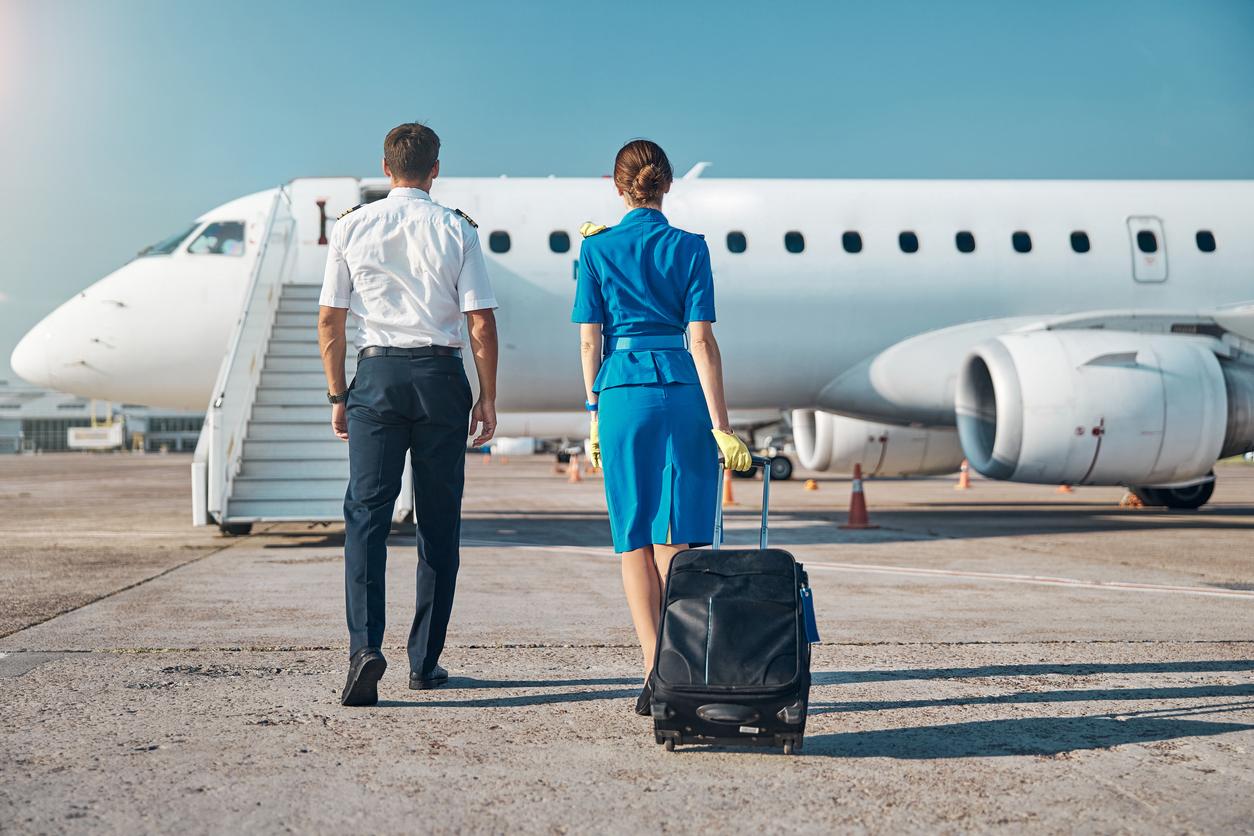To act against climate change and reduce your personal carbon footprint, stopping flying is a solution that seems obvious. The figures are clear: CO emissions2 of an airplane per passenger and per km are 10 times greater than that of a bus and 45 times greater than that of a train.
Should we give up air travel to reduce our carbon footprint? The question arises when you know the estimated carbon footprint of a Paris-New York round trip: 2 tonnes of CO2e, i.e. one-fifth of the annual average carbon footprint of a Frenchman (about 10 tonnes of CO2e per year).
Above all, it represents all annual emissions to which a French person should limit himself (2.1 tonnes of CO2e per year) to meet the objectives of the Paris Agreement of 2015. You remember Laurent Fabius with his little hammer, which announced a global warming of 2°C maximum by 2050?
One small step to do your part
Limiting your air travel by replacing it with the use of the train (or giving it up altogether) is one of the best means you have to significantly reduce your carbon footprint personal and act against climate change.
I explain to you why three arguments :
- A Paris-New York round trip sends 2 tons of CO2andi.e. 20% of the average annual carbon footprint of a French person in 2022 and 100% of its future footprint in 2050 to meet the goals of the 2015 Paris Agreement.
- For the same journey, a train journey emits on average between 30 and 40 times less CO2 than a plane trip.
- The main users of the plane are the wealthiest populations because more than 80% of humans on Earth have never boarded an airplane.
If you want to do your part, no need to draw a picture: stop flying or, if it’s an absolute necessity, limit your flights to the maximum. It is not a question of whipping oneself when one has no other choice (for work in particular), but of realizing that this type of travel must remain exceptional to reduce your personal carbon footprint.

It’s little but it’s a lot!
Today, air transport is only responsible for 2.1% of global CO2 emissions(1), which seems quite modest to trigger such a din around the “flygskam” (the international movement, made famous by Greta Thunbergwhich means ” the shame of air travel“).
In fact, it’s not much, but it’s still… a lot! This is, for example, much less than Internet-related activities (at least 4%) or the textile sector (at least 8%). But this figure must be put into perspective because this carbon impact is produced by a small number of people: 80% of the world’s population has never flown.
And if 2019 airline industry figures are to be believed, 72% of air travel is tourist or private nature compared to 28% of professional trips and business trips.
And the technical solutions then?
For fifteen years, scientists around the world have been looking for the miracle solution that could save the plane: a less polluting fuel for planes. In the middle of the last decade, Air France thus carried out a series of test flights between Paris and Toulouse fueled by using a mixture composed of 90% kerosene of fossil origin and 10% biofuel.
The conclusion was disappointing : CO2 emissions savings of only 6%. The national company took the decision to urgently stop the tests because of the exorbitant costs, at the time, of biofuel.
Theoretically, the innovations expected for the future should allow significant improvements, of the order of 50% of the carbon footprint of flights according to specialists. But they are not ready; the same experts evoke a horizon of 10 to 15 years.
“It is obvious that in a France which will have divided its greenhouse gas emissions by four, there will be no more planes. We can’t do that if we keep air transport. »
François-Marie Bréon, Physicist-climatologist
Same thing for projectselectric planes who face a major problem: the weight of the batteries! On an Airbus A320, it would be necessary to go from a mass of 30 tons of kerosene to nearly 300 tons of electric batteries. The problem is that beyond 70 tonnes, the plane is too heavy to take off.
As for hydrogen, which is a serious candidate to decarbonize the plane of the future, it poses other challenges: it is no longer its weight that is the main obstacle but its volume. The hydrogen used requires four times more space than kerosene, which requireshuge tanks impossible to fit into the architecture of a conventional aircraft.
Aeronautical engineers are therefore in the process of designing flying wings with a wingspan of 80 m which alone could provide sufficient volume to store hydrogen: here again, by 2035 if all goes well!
Stop flying, seriously?
All alternative projects have maturities of at least 15 years. In the meantime, what do we do?
We can start by consulting the works of theEuropean Environment Agency who established the carbon footprints of the different modes of transport:
- Train: 14 g of CO2 per passenger and per kilometer
- Toy car: 42g
- Standard car: 55g
- Bus: 68g
- Motorcycle: 72g
- Plane: 285 g of CO2 per passenger and per kilometer
The conclusions speak for themselves: individuals will not stop flying overnight, but if they are aware of the climate issuesthey will end up asking serious questions about the relevance of air travel in a world that needs to be decarbonized.
Who will still dare to travel by plane in 10 years?
At the end of 2020, a Swedish study revealed that only 1% of the world’s population is responsible for half of CO emissions2 related to aviation(2). And more than 80 % of the world’s population has never flown… but suffers most of the consequences of climate change.
And given the exorbitant costs of the plane in terms of carbon emissions, the price of tickets will inevitably become a deterrent.
So it’s not a question of whipping yourself when you have no other choice but to travel by plane (for work in particular), but of realizing that this type of travel must remain exceptional to reduce your personal carbon footprint.
Shouldn’t we just stop flying? In any case, a round trip Paris-Ibiza for the weekend, must forget !
(1) 2019 figure by Global Carbon Project
(2) Linnaeus University Report (for the year 2018)










